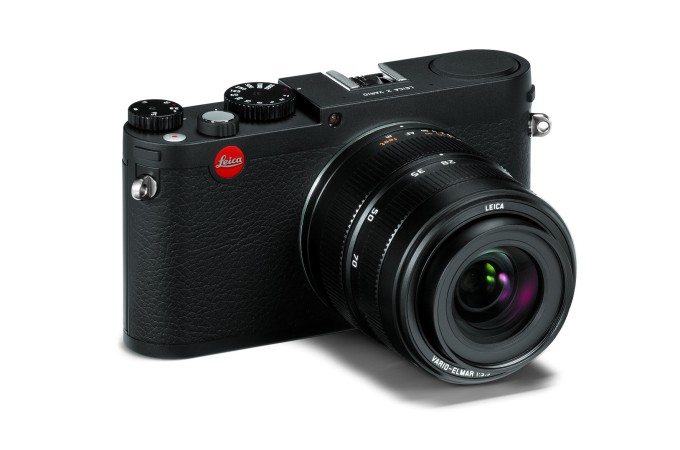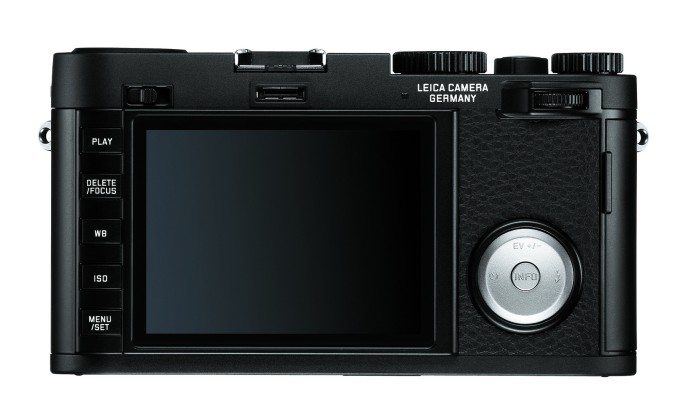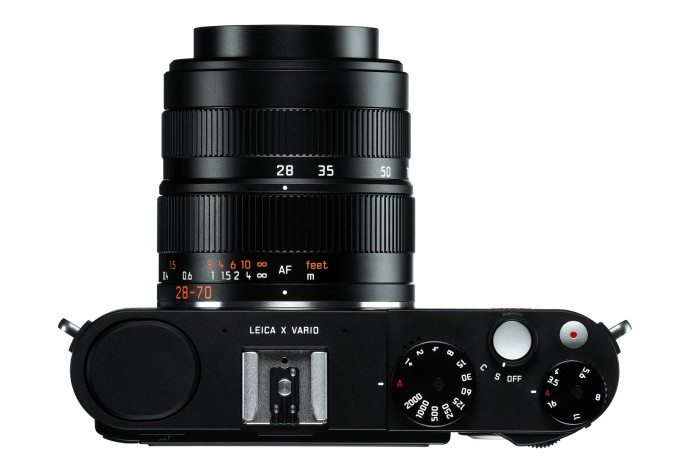Last Updated on 06/11/2013 by Felix Esser
Well, this secret wasn’t very well-kept. Days before the official announcement, Leica’s new X Vario had already leaked on the internet. But oh, there wasn’t anything such as excitement, not even from the die-hard Leica fanboys. Everyone was expecting a major marketing clou from Leica, as was the original X1 when it was first introduced, the S2 medium format camera and just recently the new M Typ 240. Some speculated on a ‘digital CL’ that would sport a full-frame sensor in a smaller M-mount body, others were hoping for an even smaller M-mount APS-C mirrorless camera. So the disappointment was pretty huge when it became clear that the new product would be an X-series camera with a slow zoom lens attached.
Leica X Vario Specs
– Same compact form factor as the X1 and X2
– APS-C sensor with 16.2 megapixels
– Fixed 28-70mm (equivalent) f3.5-6.4 zoom lens with 9 elements in 8 groups, 2 aspherical
– Manual focusing ring with distance marks
– Full-HD video recording at 30 fps
– Min. focusing distance 30cm (11.8″)
– ISO 100-12,500
– 3″ 921k dot LCD
– Accessory port for EVF 2 electronic viewfinder with 1.4 million dots
The X Vario’s body has been redesigned to resemble that of its bigger sibling, the M Typ 240. This becomes apparent not only by the ‘hump’ it now carries on top–which was needed to accomodate for the data port that feeds the external electronic viewfinder–, but also on the rear. The X Vario now sports the same control layout as the M 240, along with the dedicated movie button on top. The lens barrel comes with proper distance marks on the manual focusing ring, which is unique among all fixed-lens compact cameras.
Pricing and Availability
The Leica X Vario Typ 107 is available in Leica shops now, at a list price of € 2,450 (US-$ 3,242).
Update: B&H Photo lists the X Vario for pre-order at a retail price of US-$ 2,850.
Additional Product Images
Leica X Vario Preliminary Assessment
Leica had the chance to come up with something huge, something that would make a difference. Instead, the company decided to go the safe route and redefine a formula that has worked for them in the past. That decision does not come entirely unexpected, though. Considering the options that many had hoped for, namely either a smaller full-frame M-mount camera with or without rangefinder, or an APS-C mirrorless with M-mount and an optional EVF, Leica decided not to come up with either, for good reason. While a smaller and cheaper M-mount body would’ve no doubt cut into the sales of both the M-E and the M 240, an APS-C body would’ve made no sense, considering the amount of mirrorless APS-C cameras already available, to all of which M-mount lenses can be adapted.
On the other hand, both the X1 and the X2 have been quite successful for Leica, and while an X3 with a fast prime lens sporting a longer focal length–comparable to what Sigma did with the DP-series–may have excited a lot more people, the X Vario actually isn’t such a bad idea at all. A well-performing 28-70mm lens–and we expect no less than optical perfection from Leica–may make the X Vario the ideal travel camera, despite its apparently slow aperture rating. And Leica was already successful with a similar product: the Multi-Angle Tri-Elmar 28-35-50mm f4 lens, which to this day is a highly sought-after product despite its size, weight and slow speed.
So while we can absolutely understand the frustration that many feel about this product, we can also understand why Leica decided to create it in the first place. It reiterates and reinterprets a formula that has worked for the company before. And after all, that’s what Leica does all the time, isn’t it.
Please Support The Phoblographer
We love to bring you guys the latest and greatest news and gear related stuff. However, we can’t keep doing that unless we have your continued support. If you would like to purchase any of the items mentioned, please do so by clicking our links first and then purchasing the items as we then get a small portion of the sale to help run the website.




